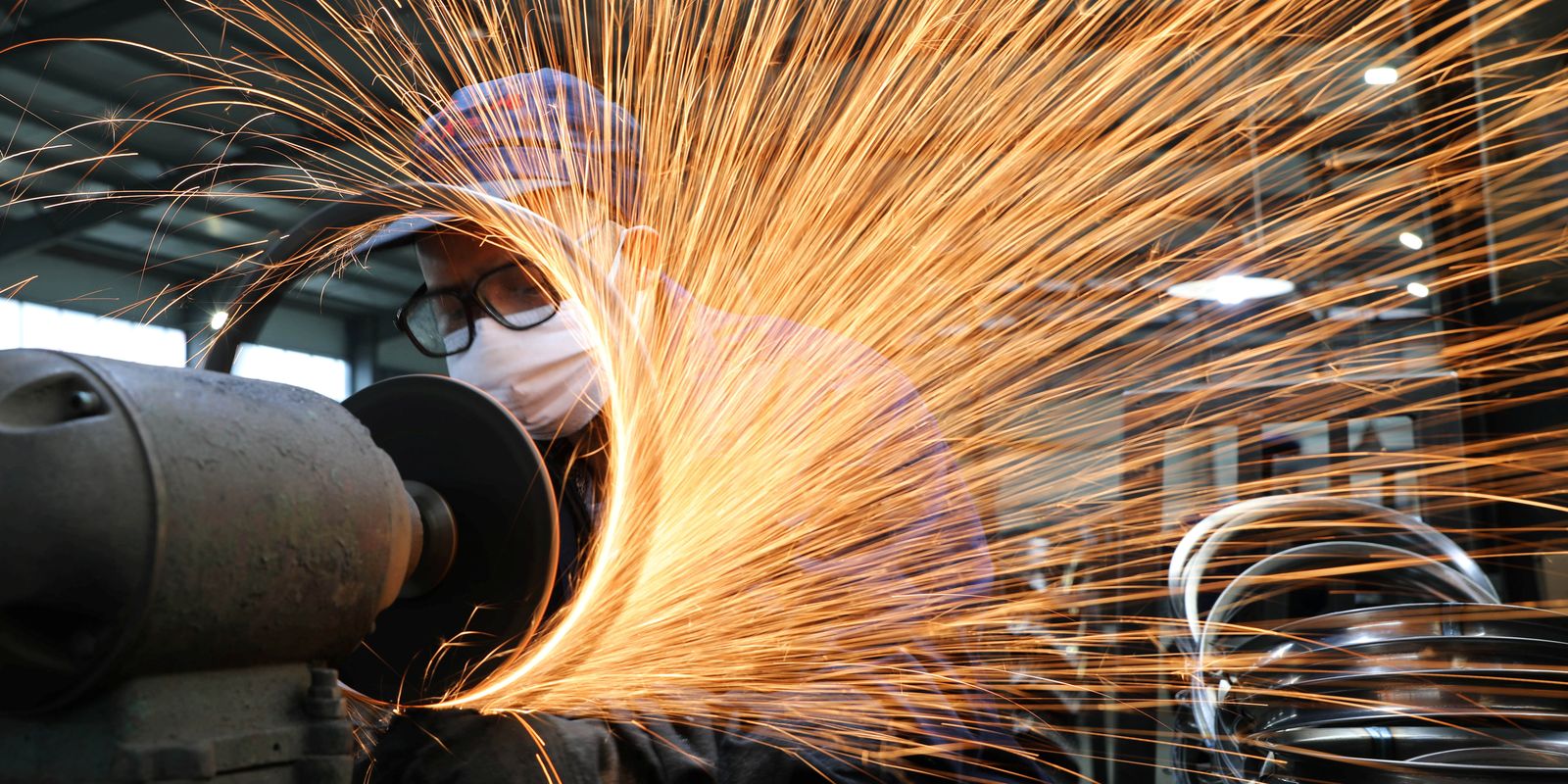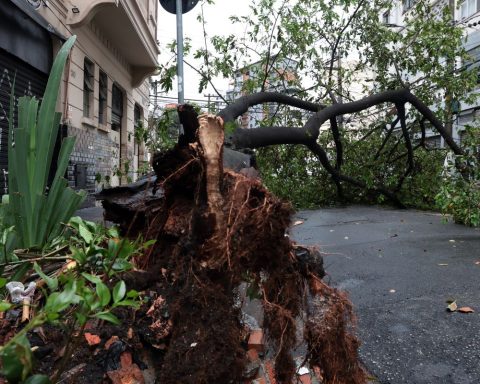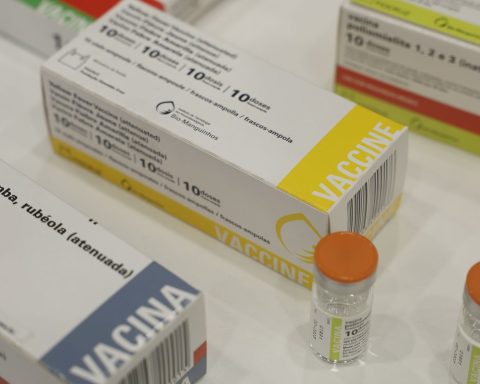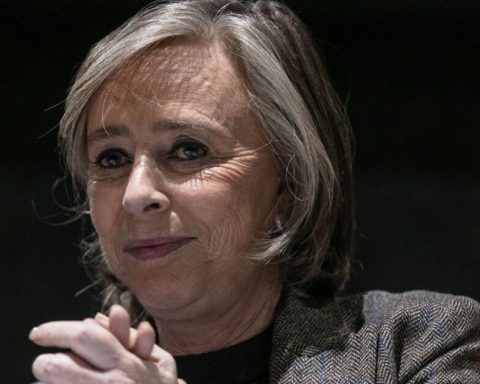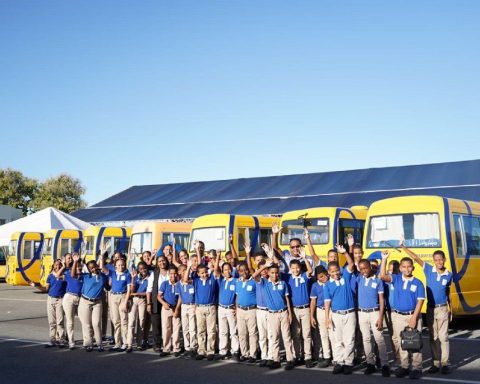The Brazilian Institute of Geography and Statistics (IBGE) announced this Tuesday morning (3) that the Gross Domestic Product (GDP), the sum of all wealth produced in the country, grew by 1.4% in the second quarter of this year compared to the first quarter.
Compared to the second quarter of 2023, growth was 3.3%. The highlight of the economy between April, May and June of this year was the performance of the industry, with an increase of 1.8% in the second quarter compared to the first, followed by the services sector, whose growth was 1%.
Agriculture fell 2.3% in the comparison between the second and first quarters of 2024 and 2.9% in relation to the same period in 2023. With today’s result, the GDP totals R$2.9 trillion this year, of which R$2.5 trillion refers to Value Added at basic prices and R$387.6 billion to taxes on products. The investment rate in the second quarter, an indicator that signals the good performance of the economy, was equivalent to 16.8% of GDP, above the 16.4% seen in the second quarter of 2023.
The industry’s performance was attributed to the electricity and gas, water, sewage and waste management sectors, with a rise of 4.2%, followed by construction, 3.5%, and manufacturing industries, with a rise of 1.8%. The extractive industries fell 4.4% in the second quarter compared to the first.
In the services sector, financial activities, insurance and related services grew by 2%; information technology and communication by 1.7%; trade by 1.4%; transport, storage and mail by 1.3%; public administration, defense, health and education and social security by 1%; real estate activities by 0.9% and, finally, other trade activities by 0.8%.
Services
In the external sector, the IBGE found that exports of goods and services rose 1.4% in the second quarter of this year compared to the first, while imports of goods and services grew 7.6% compared to the first quarter of this year.
The comparison between the second quarter of 2024 and the second quarter of 2023 showed that the New Industry Brazil initiatives are delivering the results expected by the government. The increase was 3.9%, with emphasis on the electricity and gas, water, sewage and waste management activities sectors, which grew 8.5% in this period. This result was due to the increase in energy consumption in all classes, especially residential.
The construction industry grew 4.4% due to the increase in consumption of typical inputs – sand, cement and iron. The manufacturing industries, in turn, are regaining strength and had their second consecutive increase, of 3.6%, after having declined in all quarters of 2023. This positive result was attributed to the increases seen in the food industry; transportation equipment, in electrical machinery and appliances and in the furniture industry. The extractive industries, in the comparison of the second quarter of this year with the same period in 2023, grew 1%, with emphasis on the increase in oil and gas extraction.
In the services sector, between the second quarter of this year and the second quarter of 2023, growth was 3.5%, with positive results in all sectors: information and communication, up 6.1%; other service activities, 4.5%; financial activities, insurance and relationship services, 4%; commerce, 4%; real estate activities, 3.7%; public administration, defense, health, education and social security, 1.9% and transportation, storage and mail, 0.7%.
Gross Fixed Capital Formation (GFCF), an indicator that is a precursor to future GDP results, grew 5.7% in the second quarter of this year, and the increase is justified by the growth in domestic production and import of capital goods (machinery and equipment for production lines), including also the good performances seen in both construction and the development of IT systems.
Recovery
Felipe Queiroz, chief economist at the São Paulo Supermarket Association (Apas), celebrated the result and said that the numbers exceeded market expectations. “The Brazilian economy has seen growth driven especially by the supply side, by industry, which has shown a significant and robust recovery, especially with the exchange rate that provides some protection to our local industry against some international competitors and also the service sector,” he said.
According to him, this good performance includes trade, which also grew in the second quarter. “In addition, our high Gross Fixed Capital Formation rate is a result of investments, which are growing and being resumed, albeit gradually,” he highlighted. The economist considered, however, that attention remains on the level of the interest rate, where expectations suggest an increase in the Selic rate, which implies a reduction in economic activity especially for the last quarter of the year.
For Carlos Lopes, an economist at BV bank, the GDP result in the second quarter, of 1.4%, was surprising because a growth rate of 0.9% was expected. This performance was strongly contributed by domestic demand.
“On the industry and services side, the result was very positive, offsetting the decline in agricultural activity, which was seasonal. When we look at the demand side, the performance was favorable due to household consumption, investment and government purchases and these indicators are relevant for the coming months, despite the expectation of higher interest rates. The growth in the number of formally employed workers supports the increase in consumption due to savings generated by work”, he stated.
